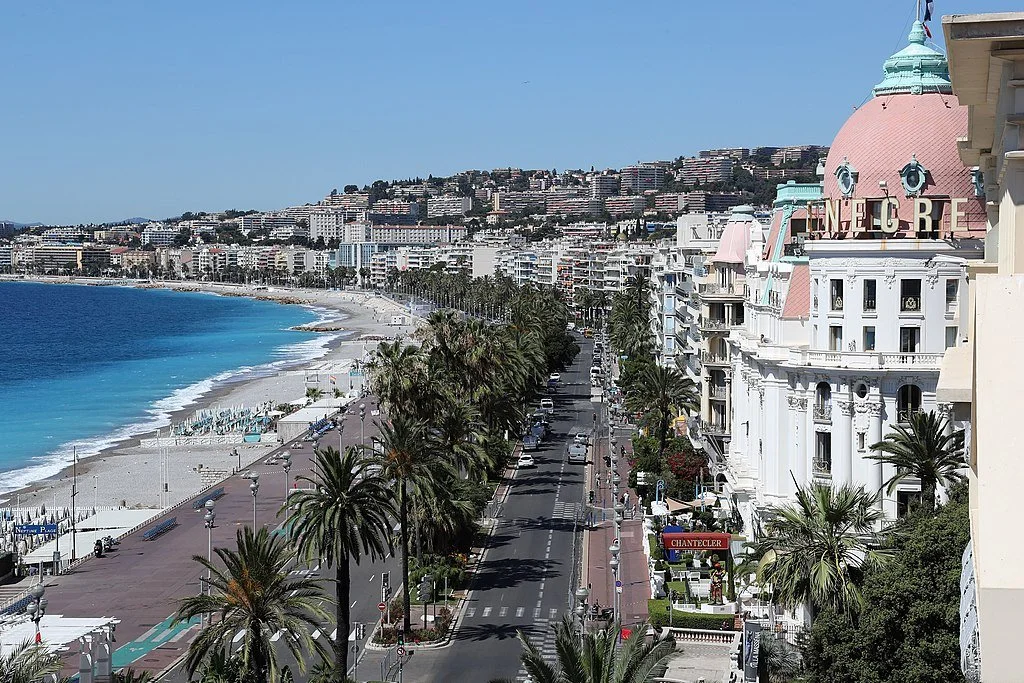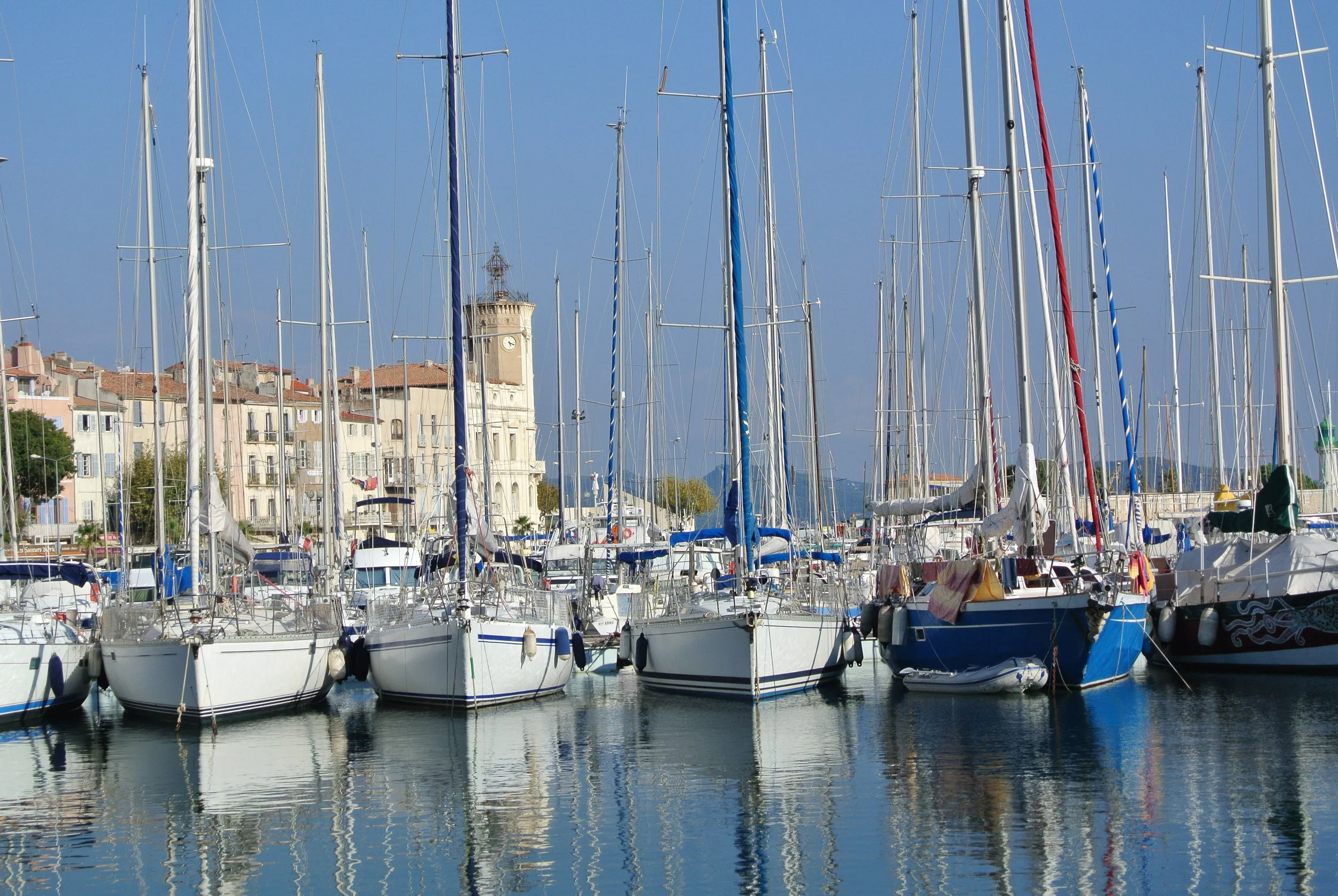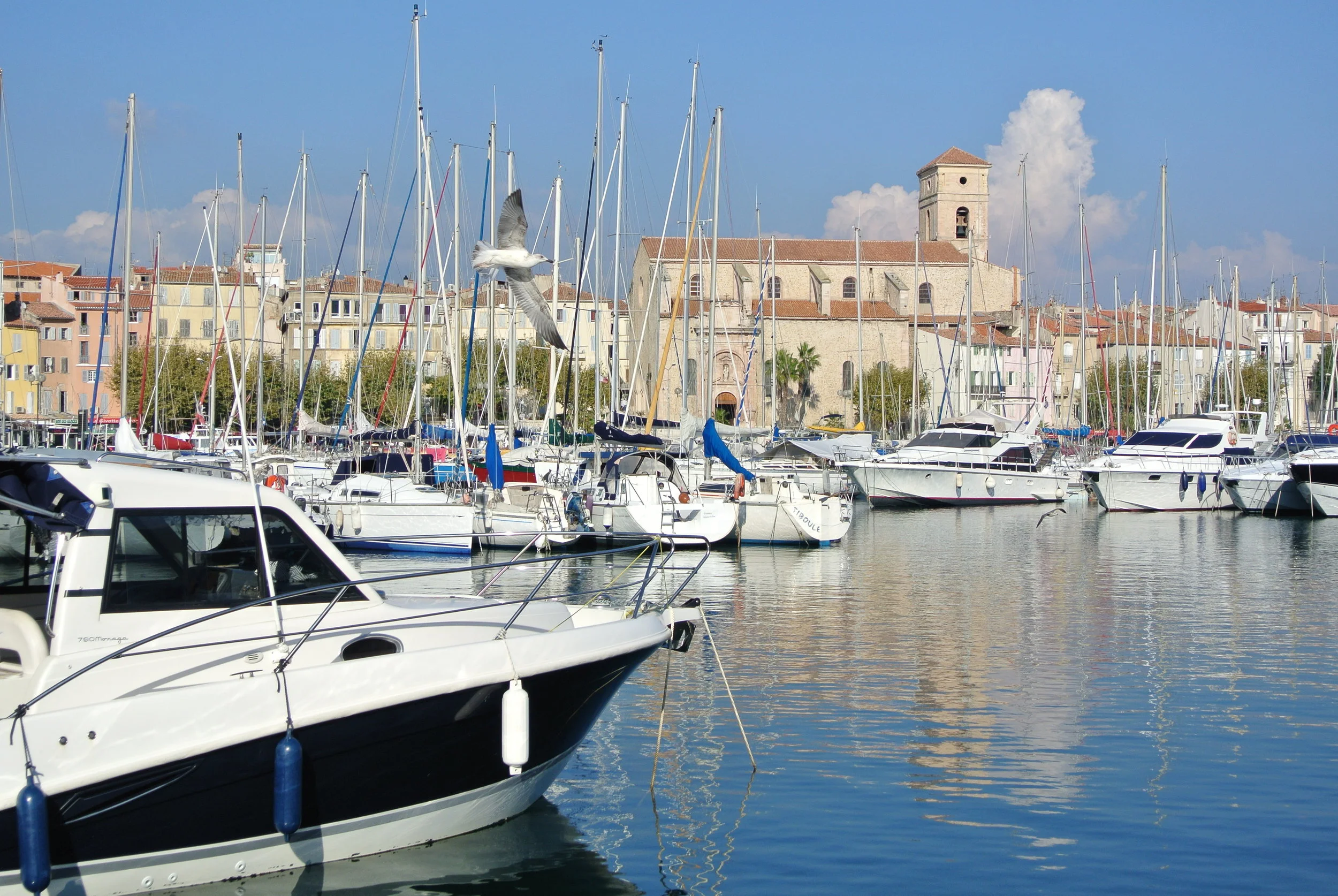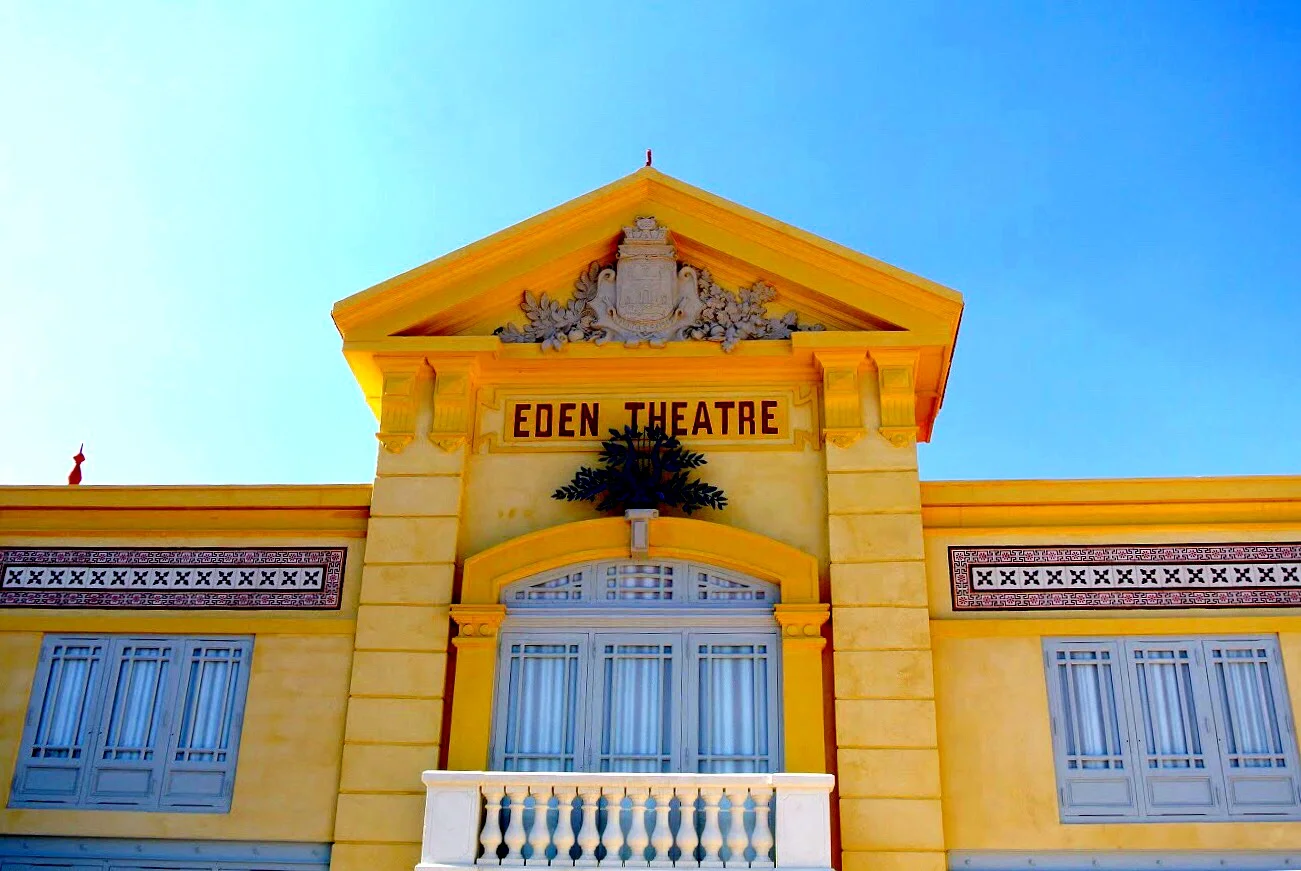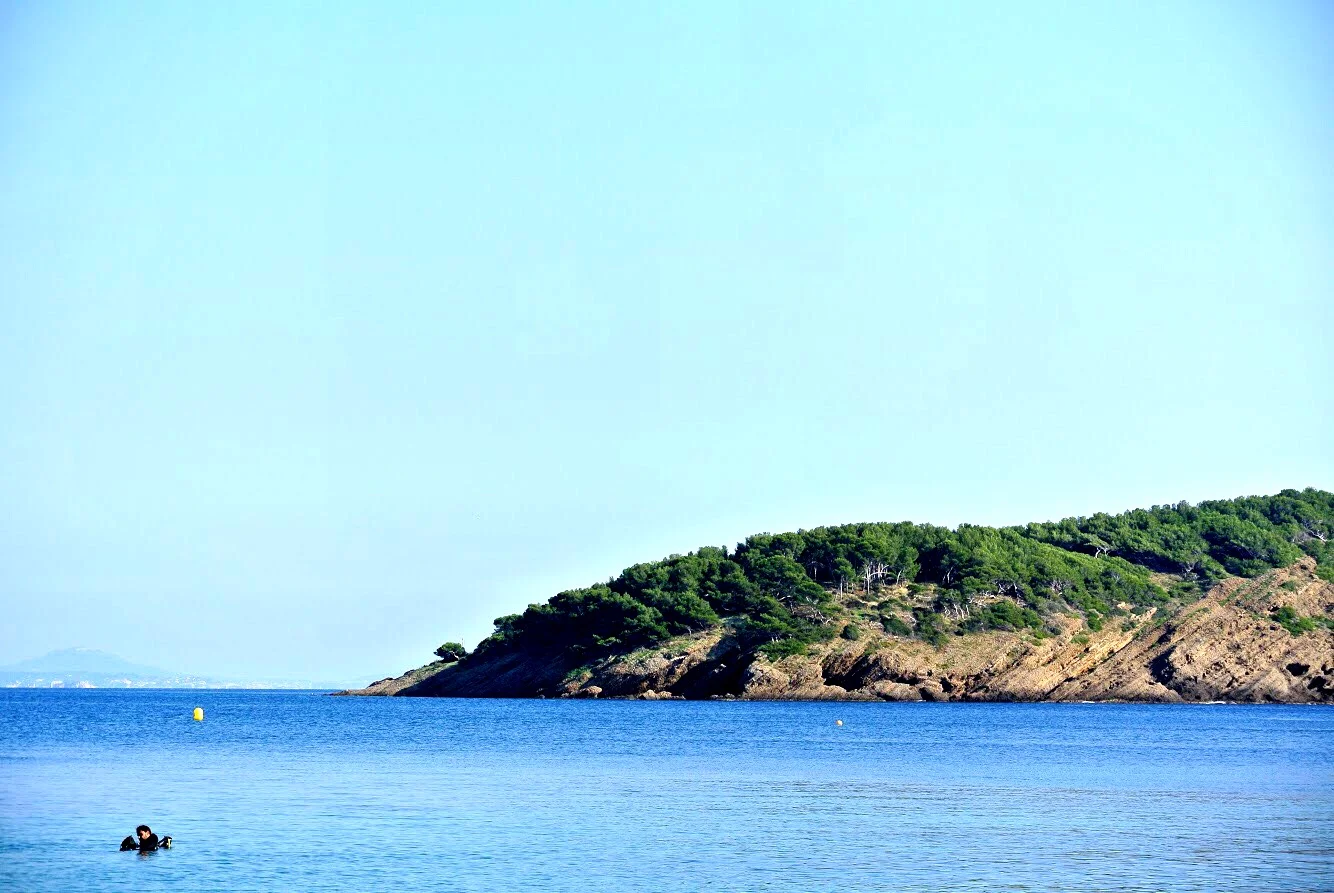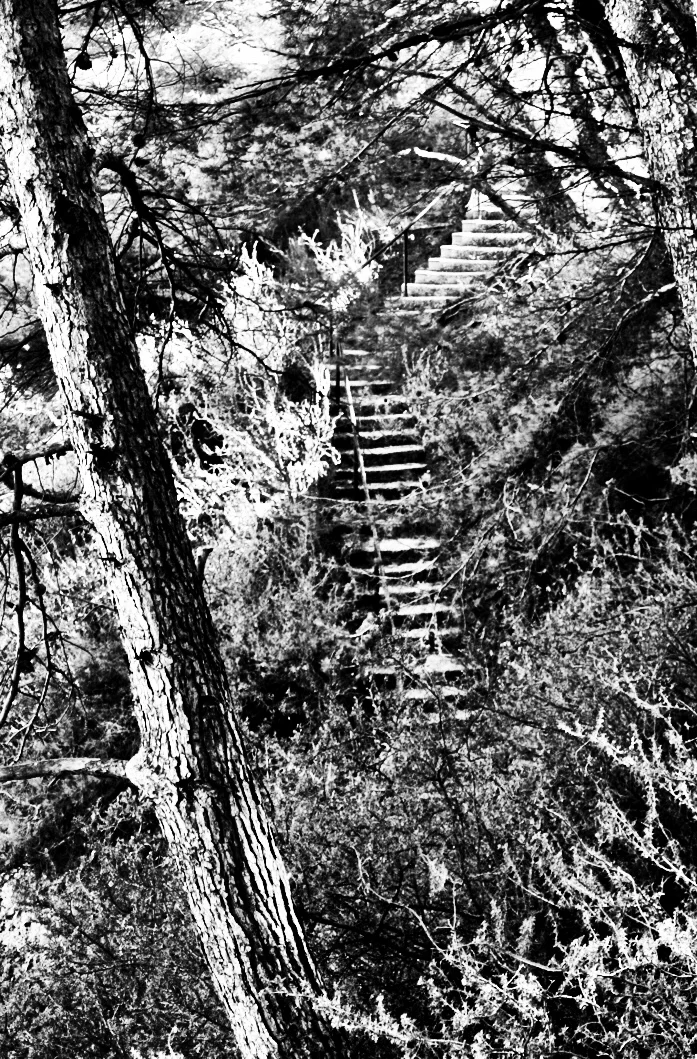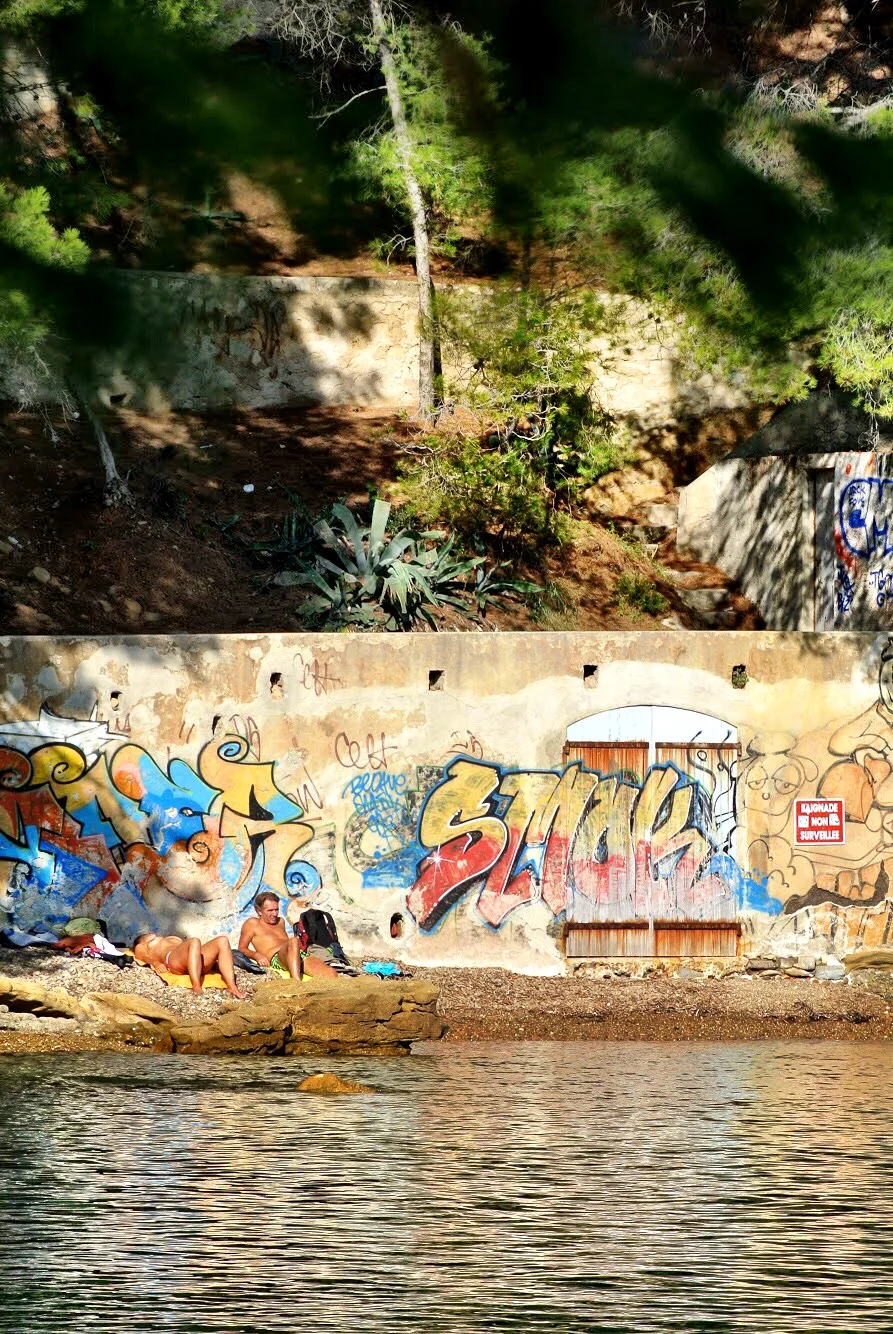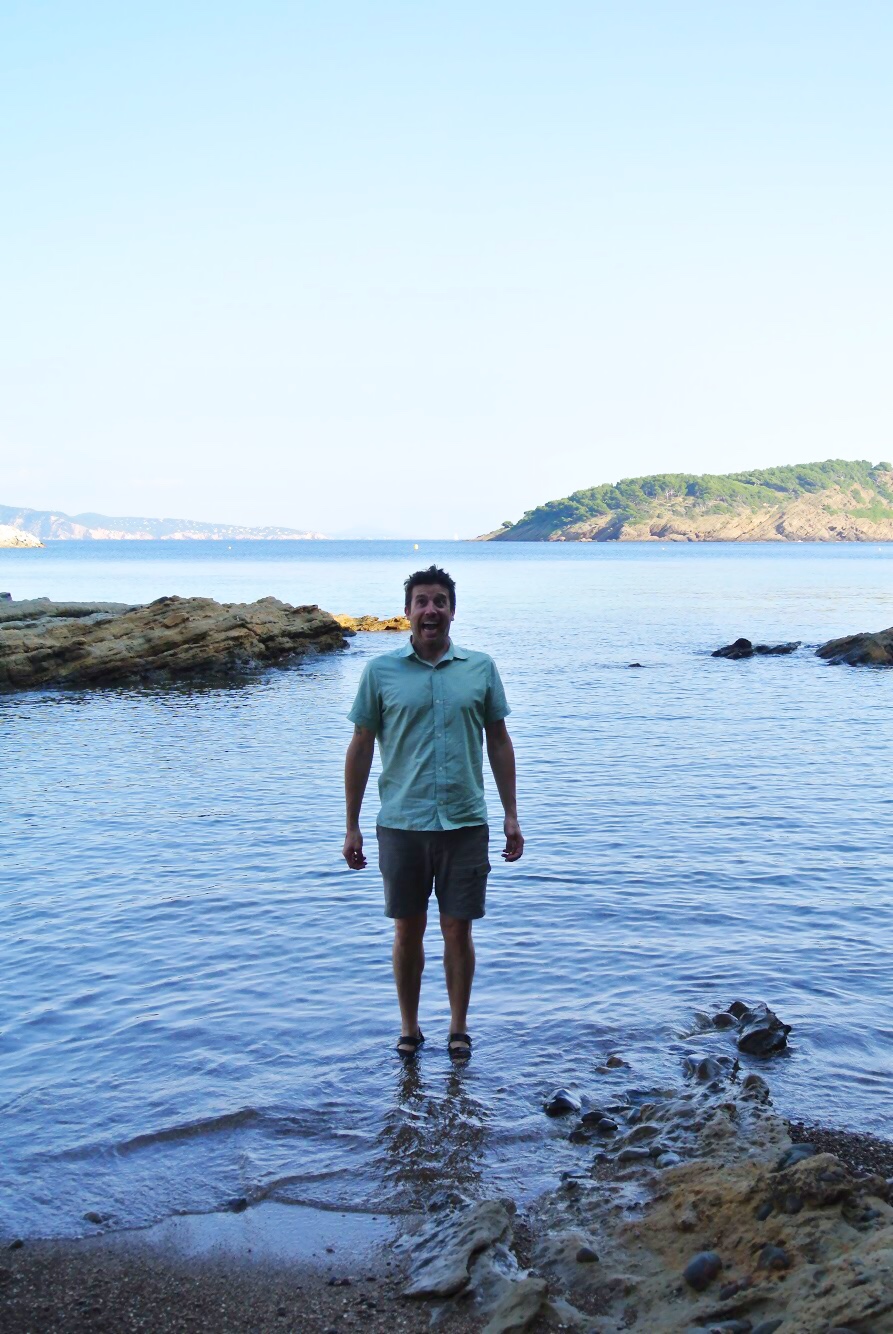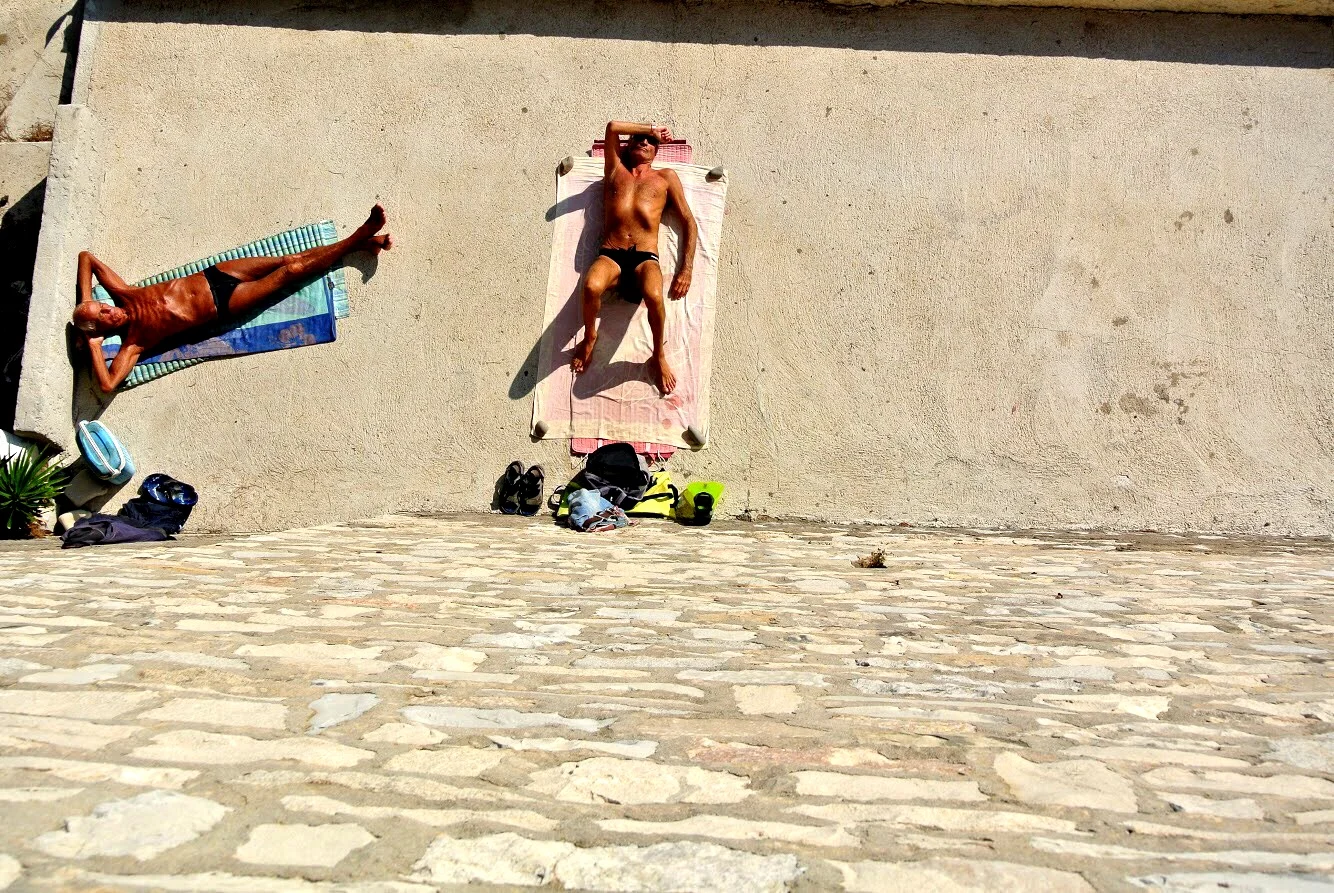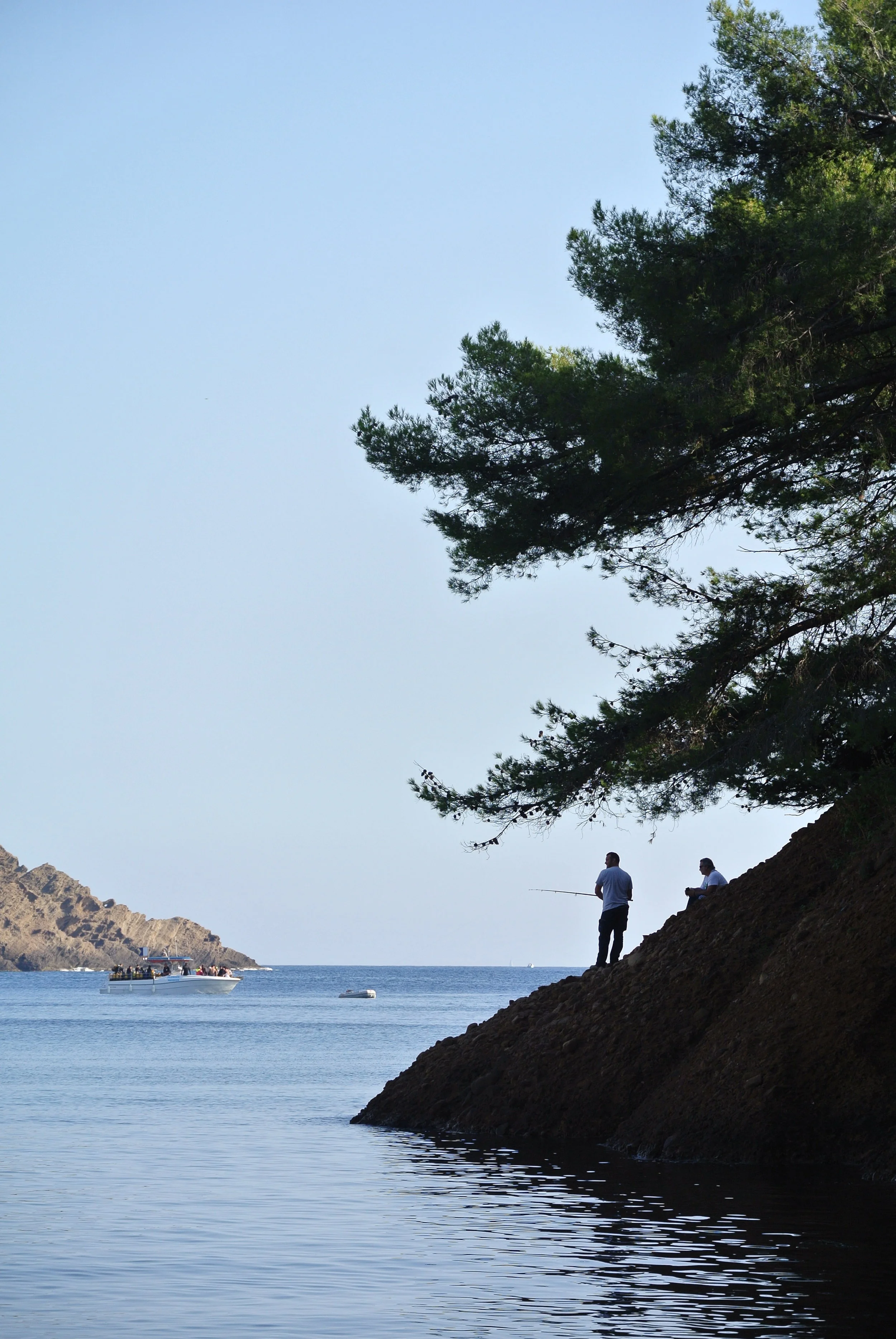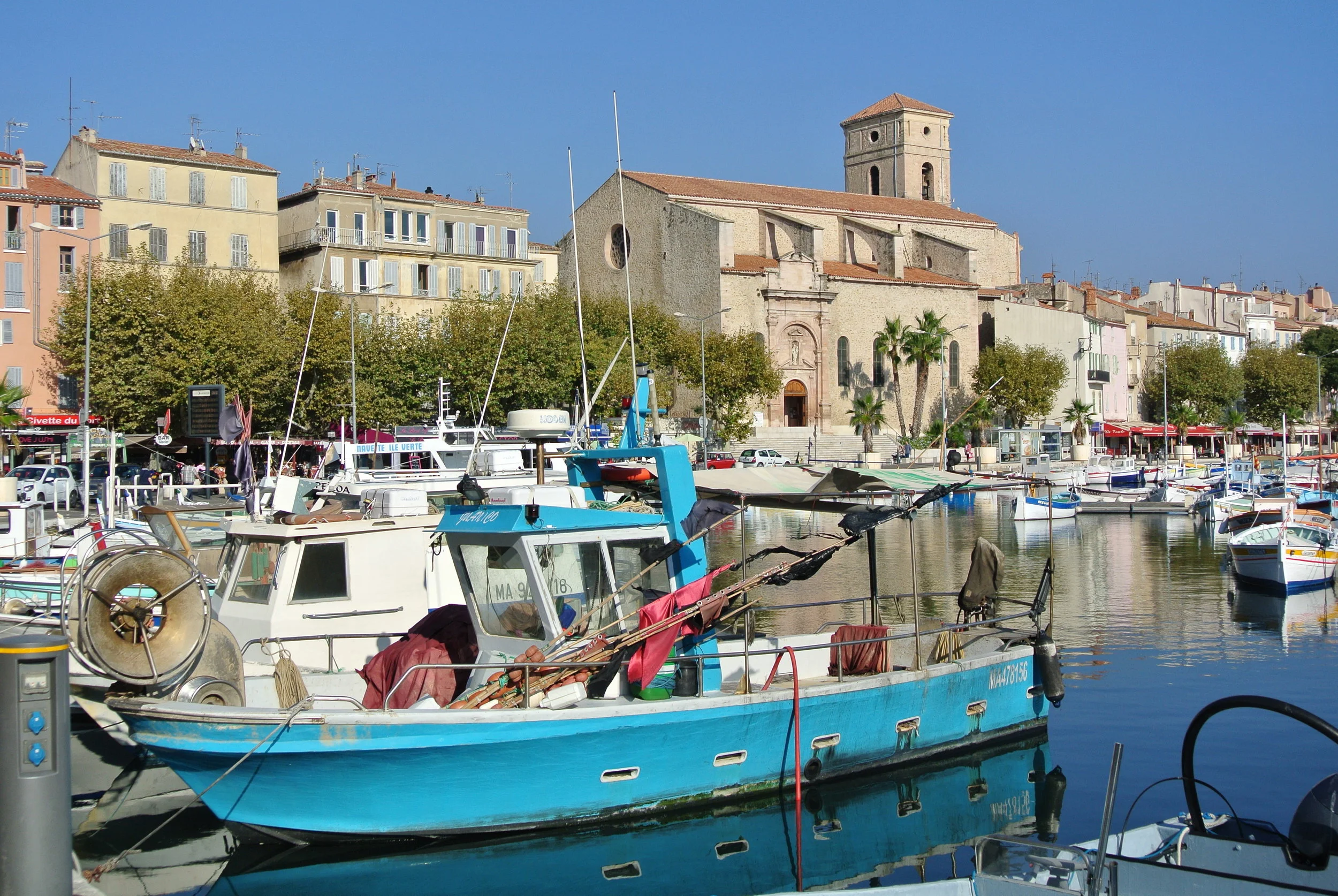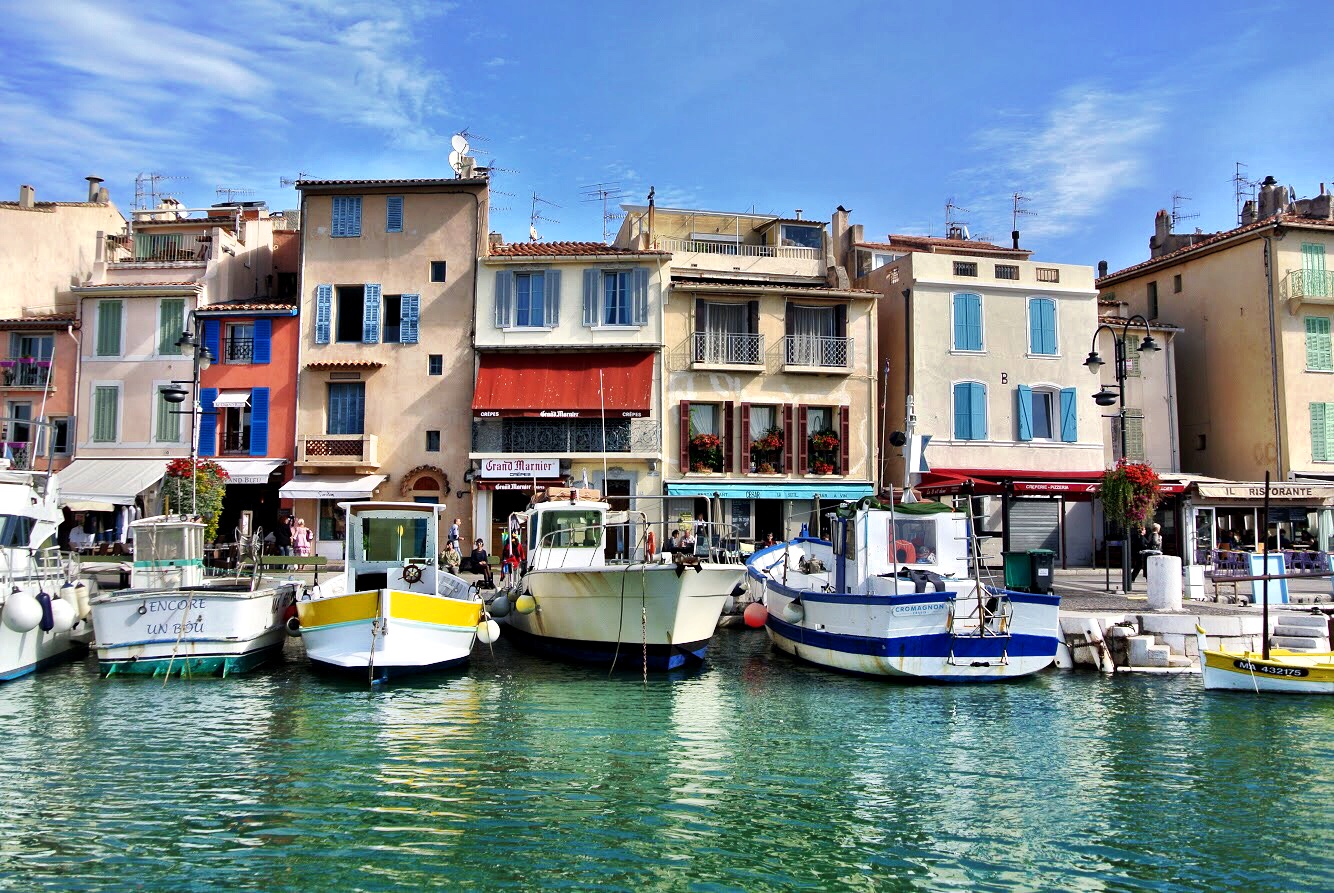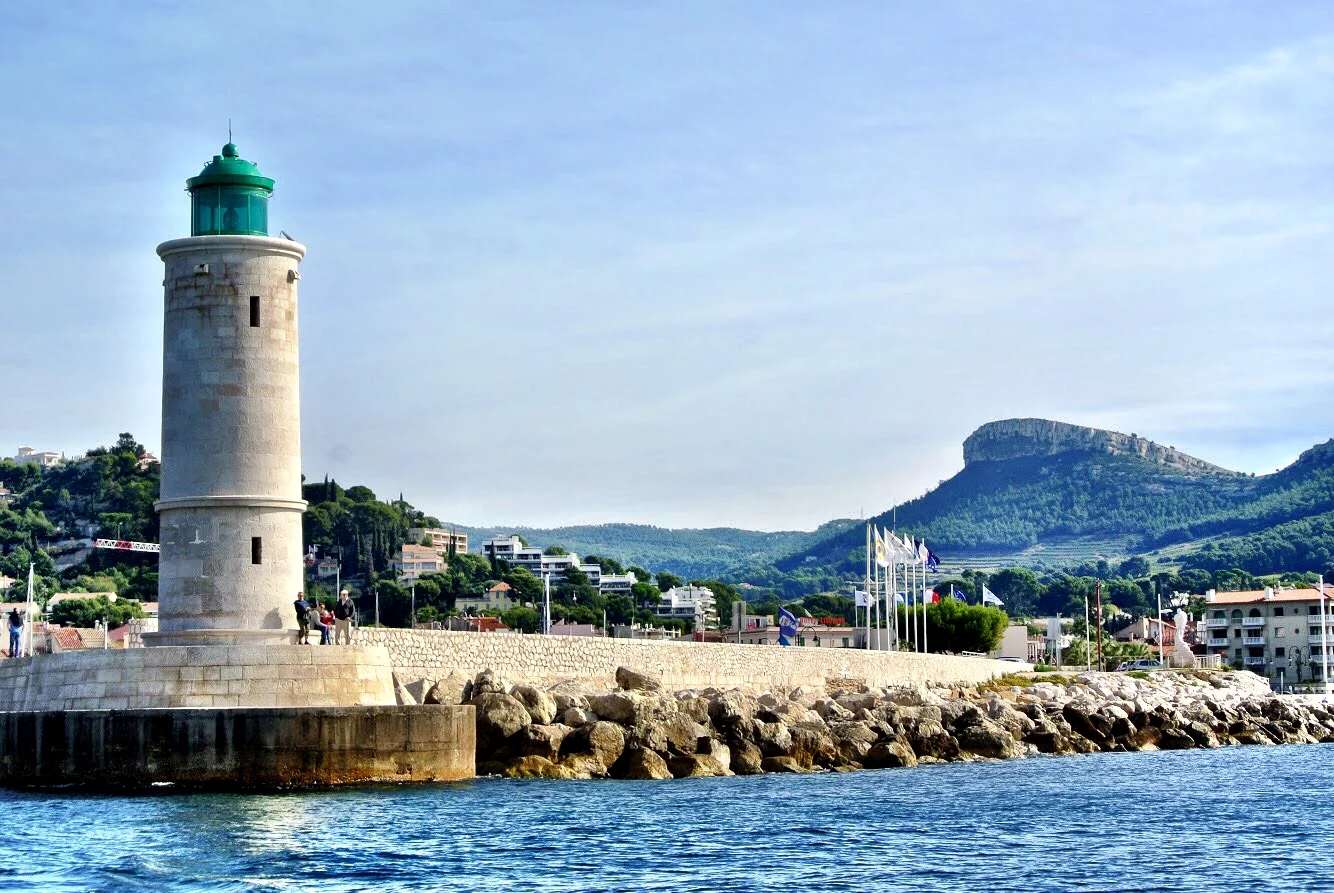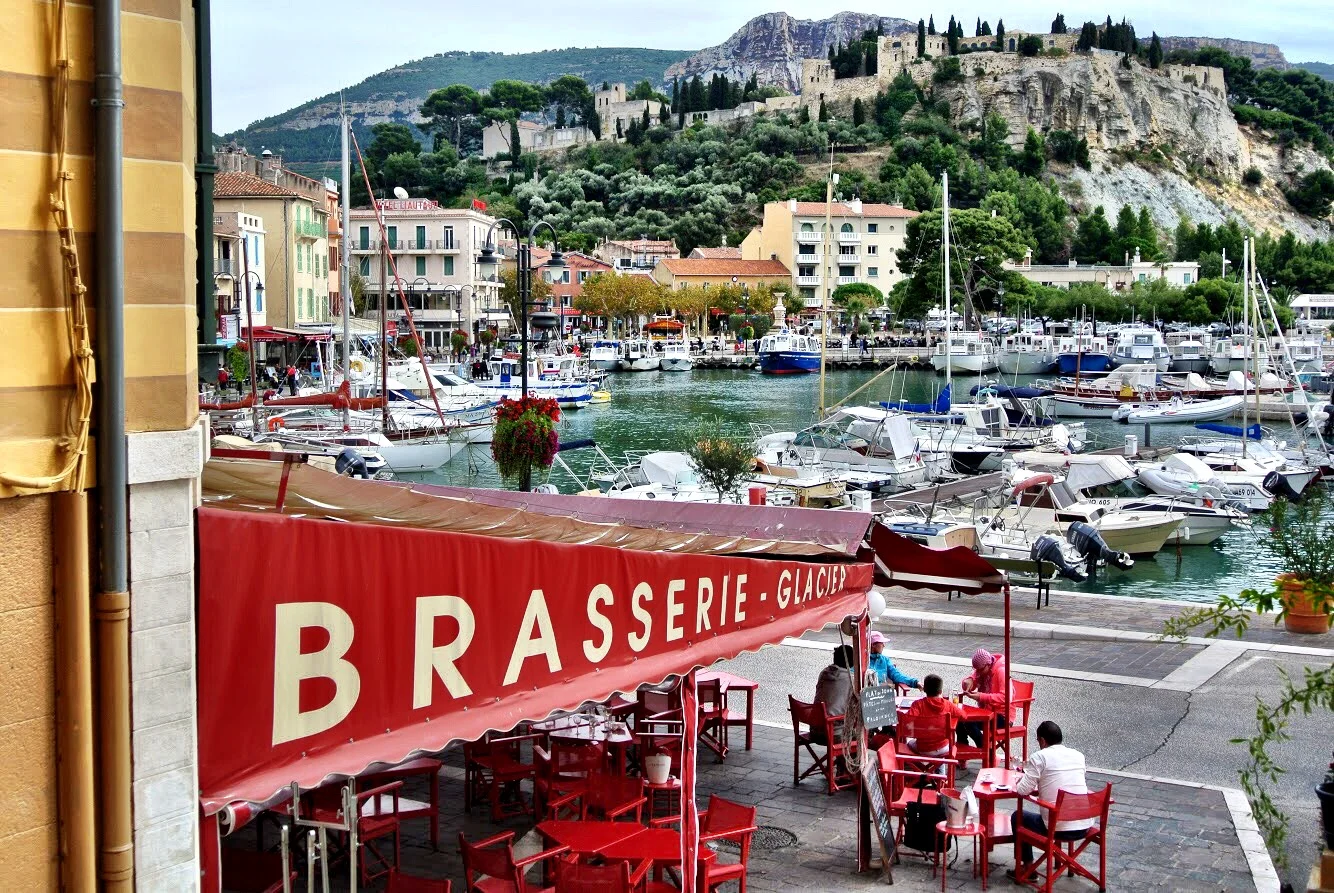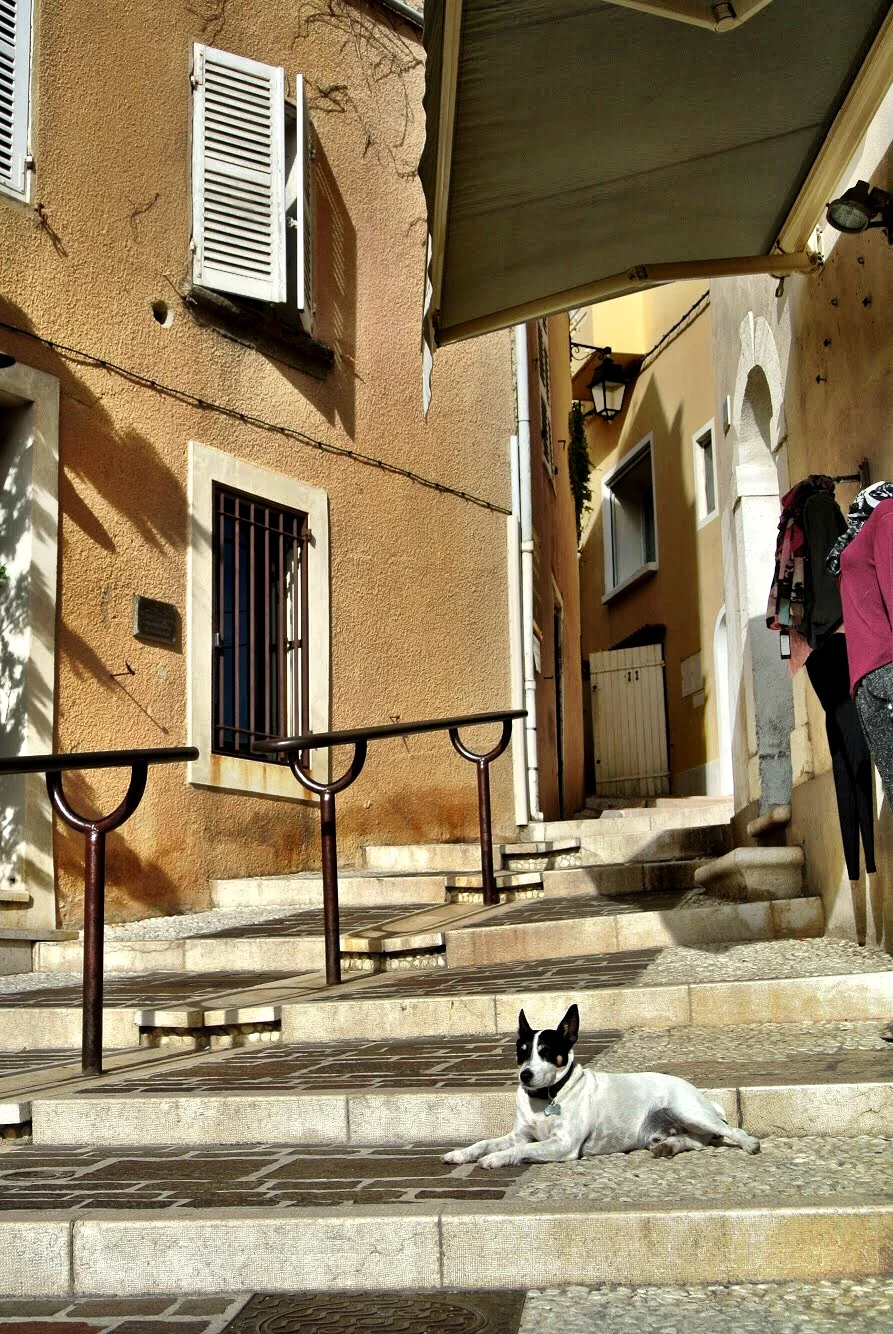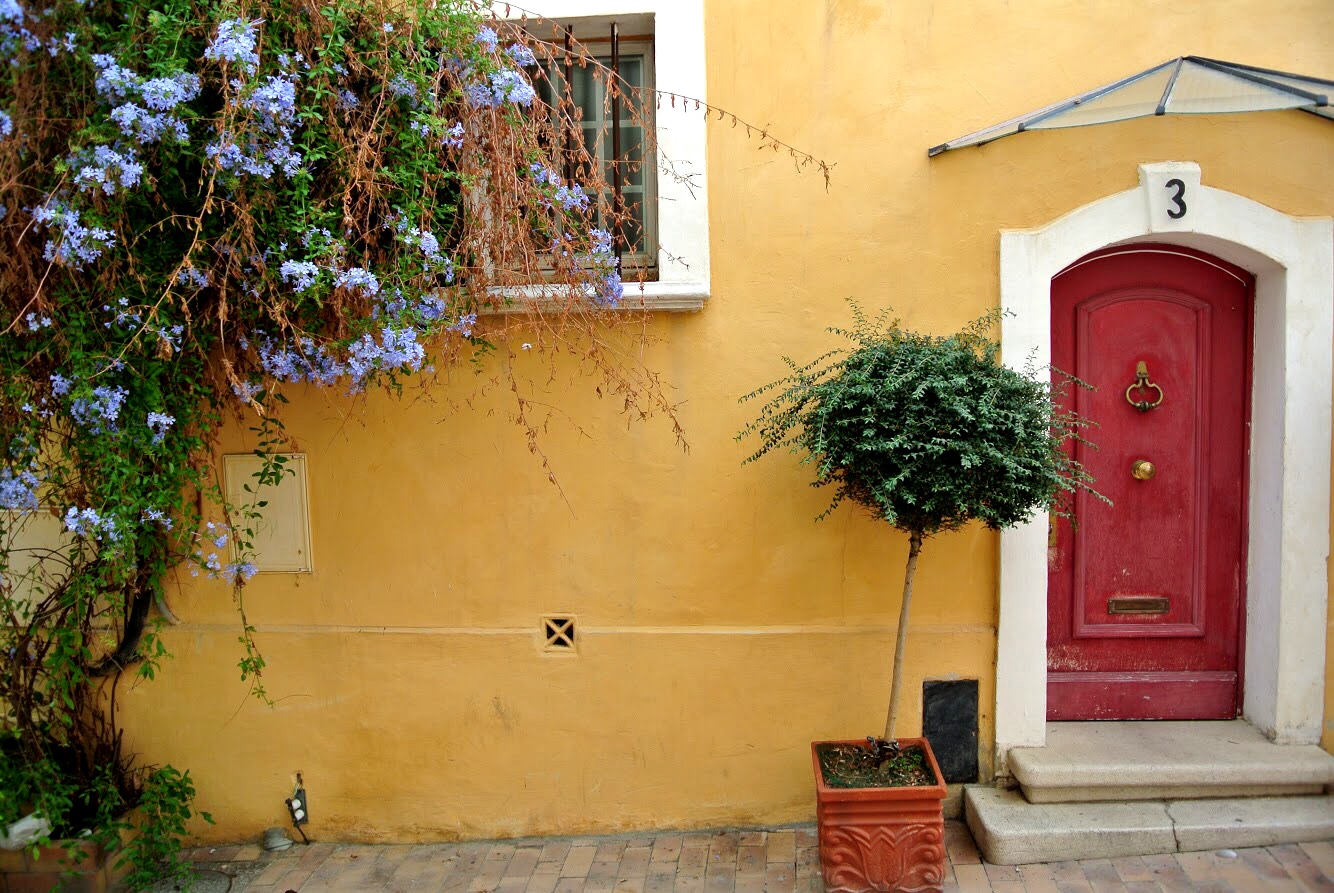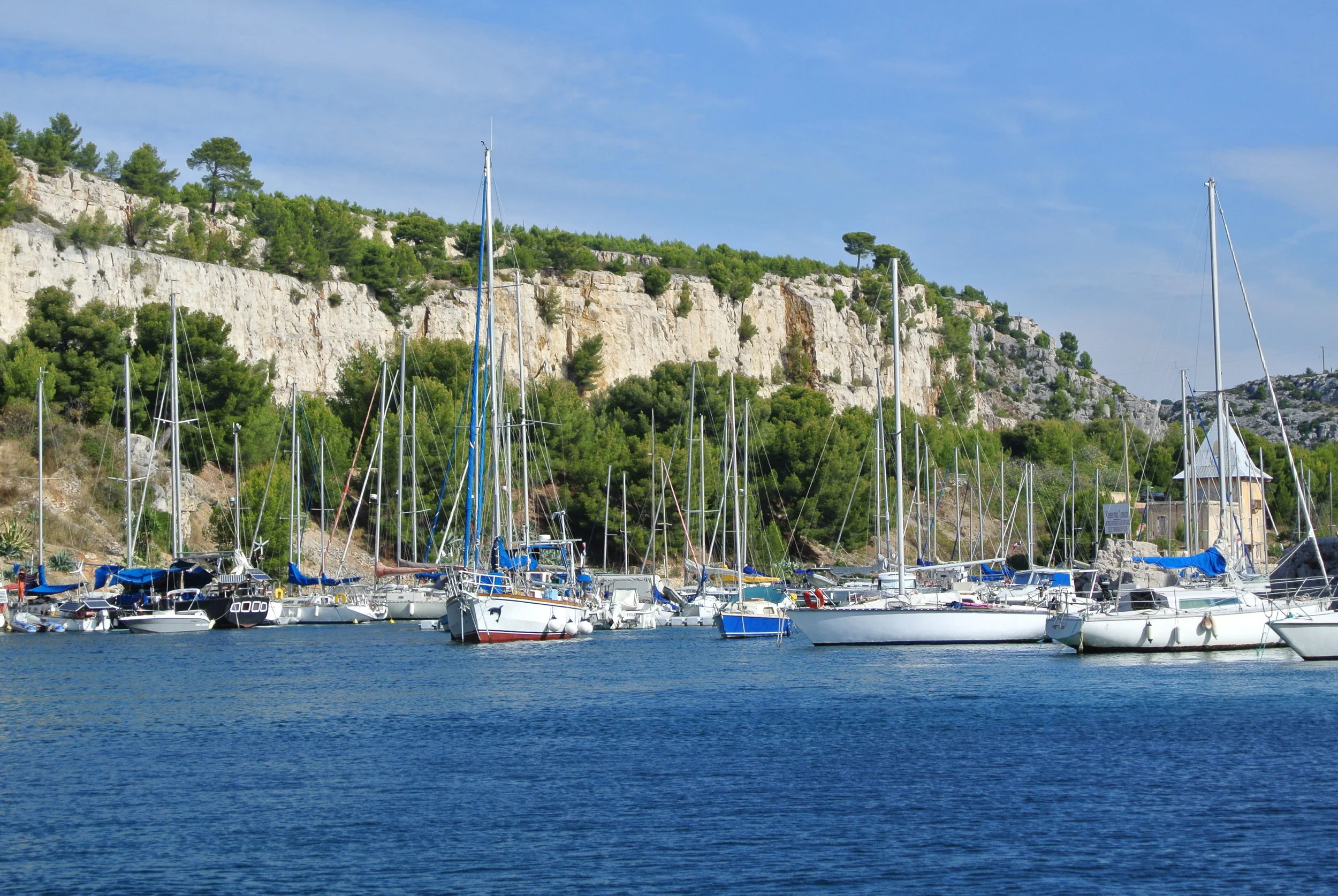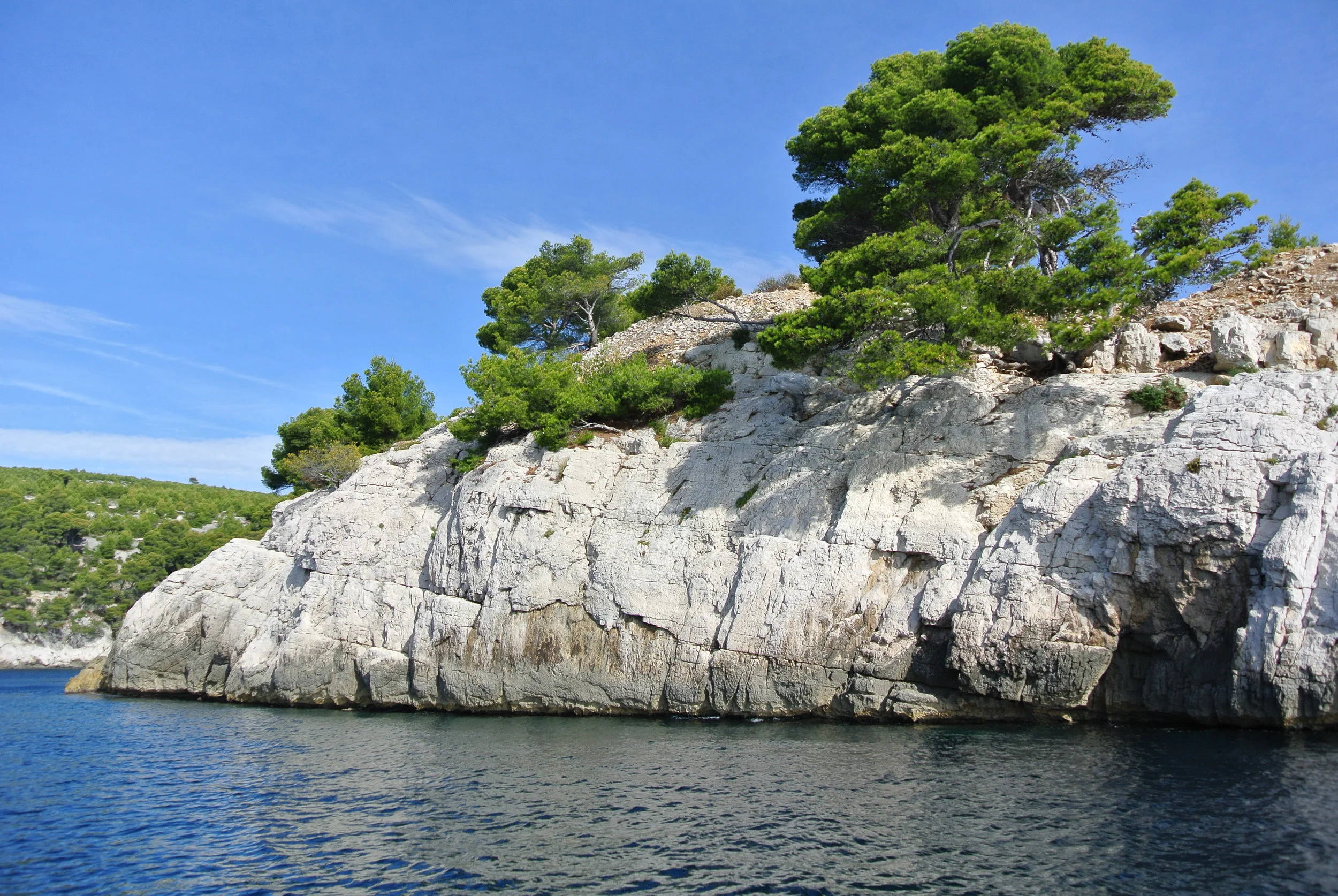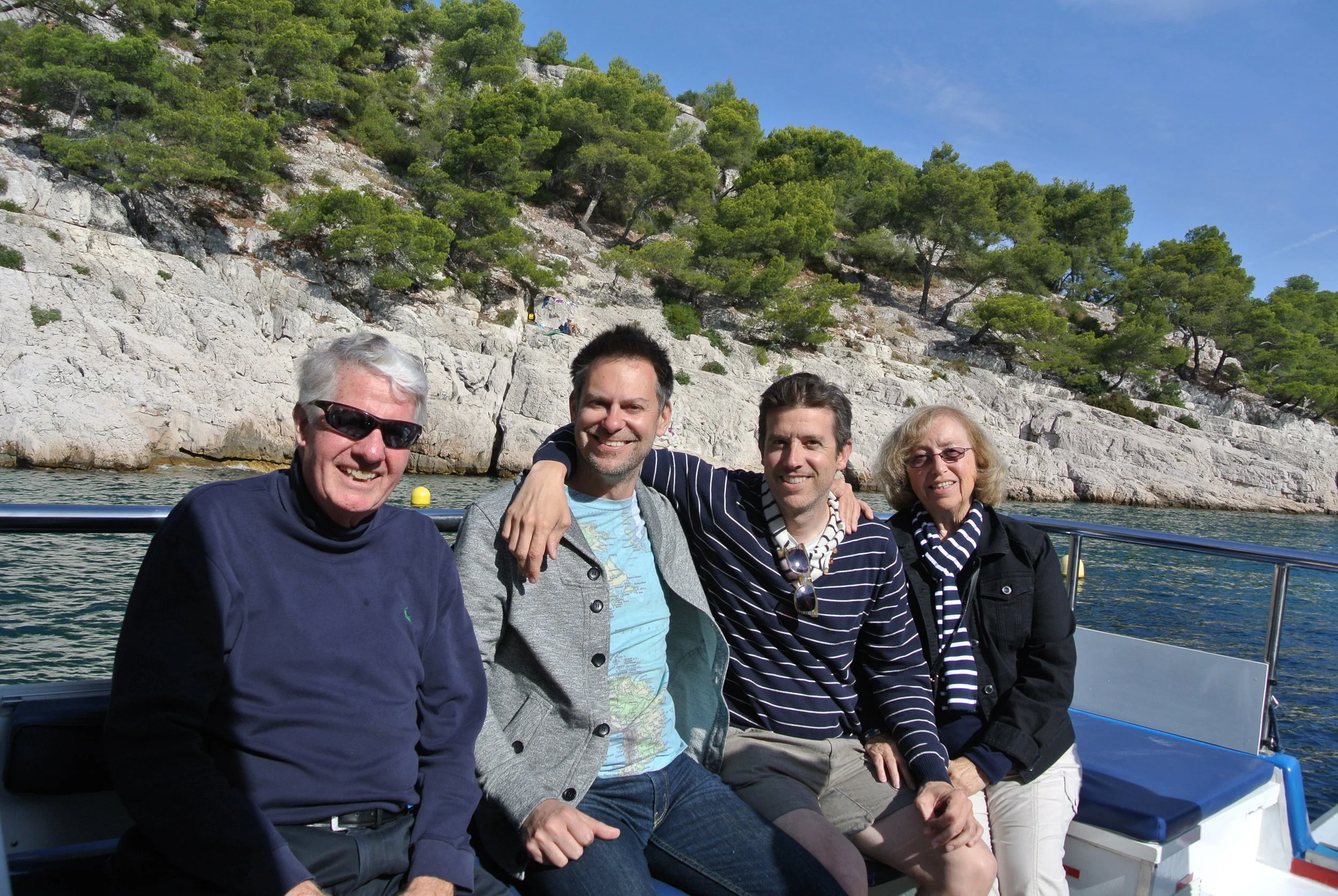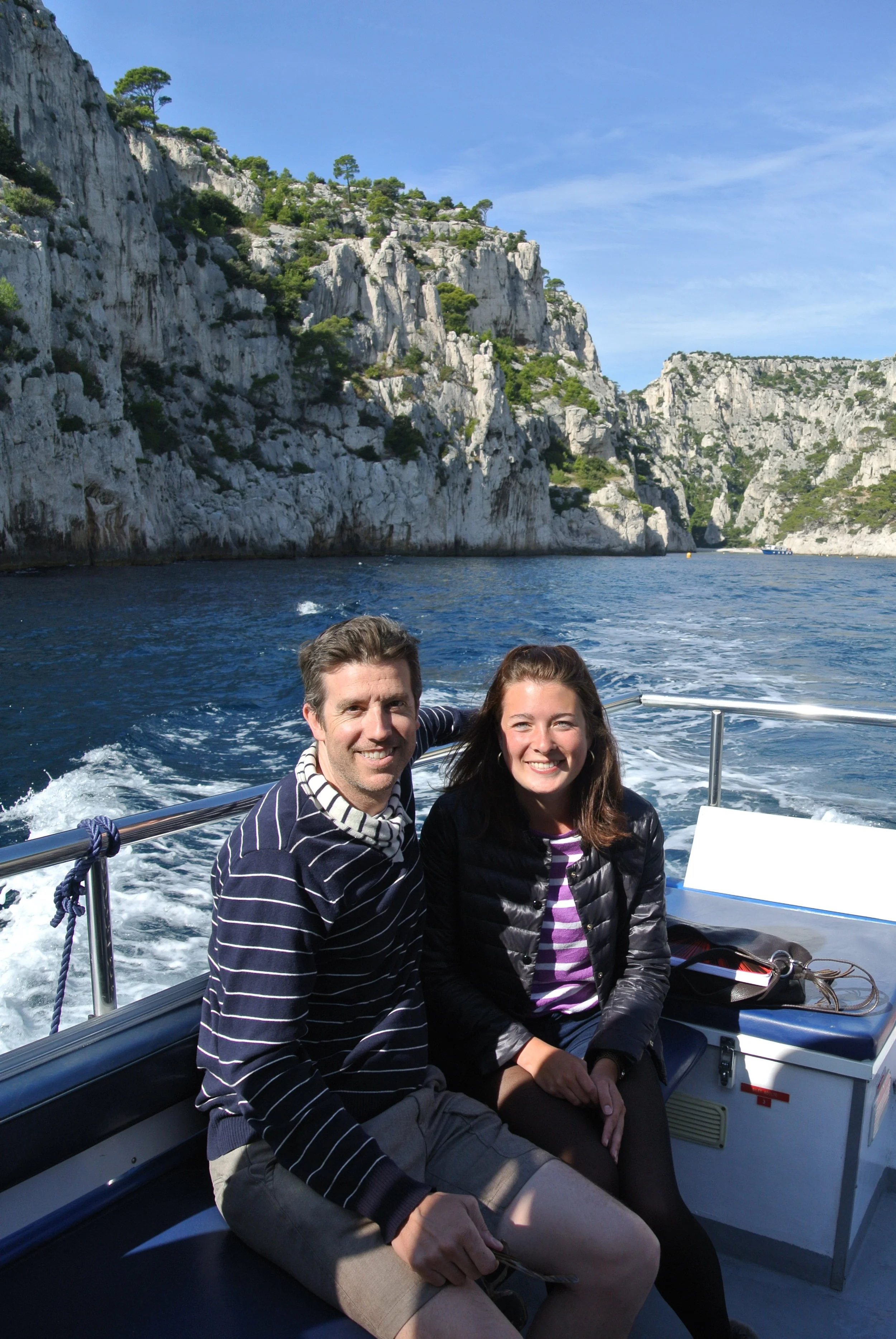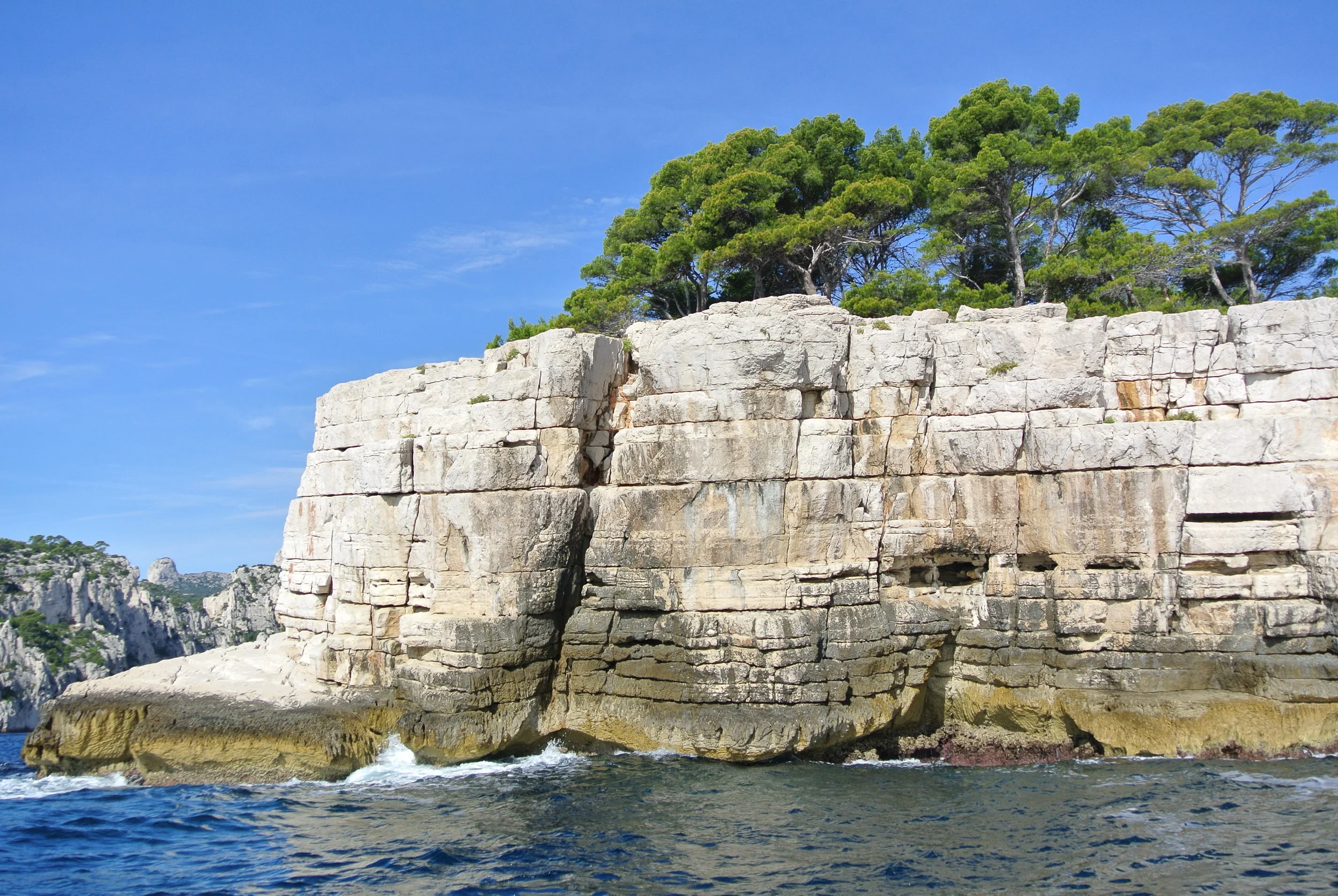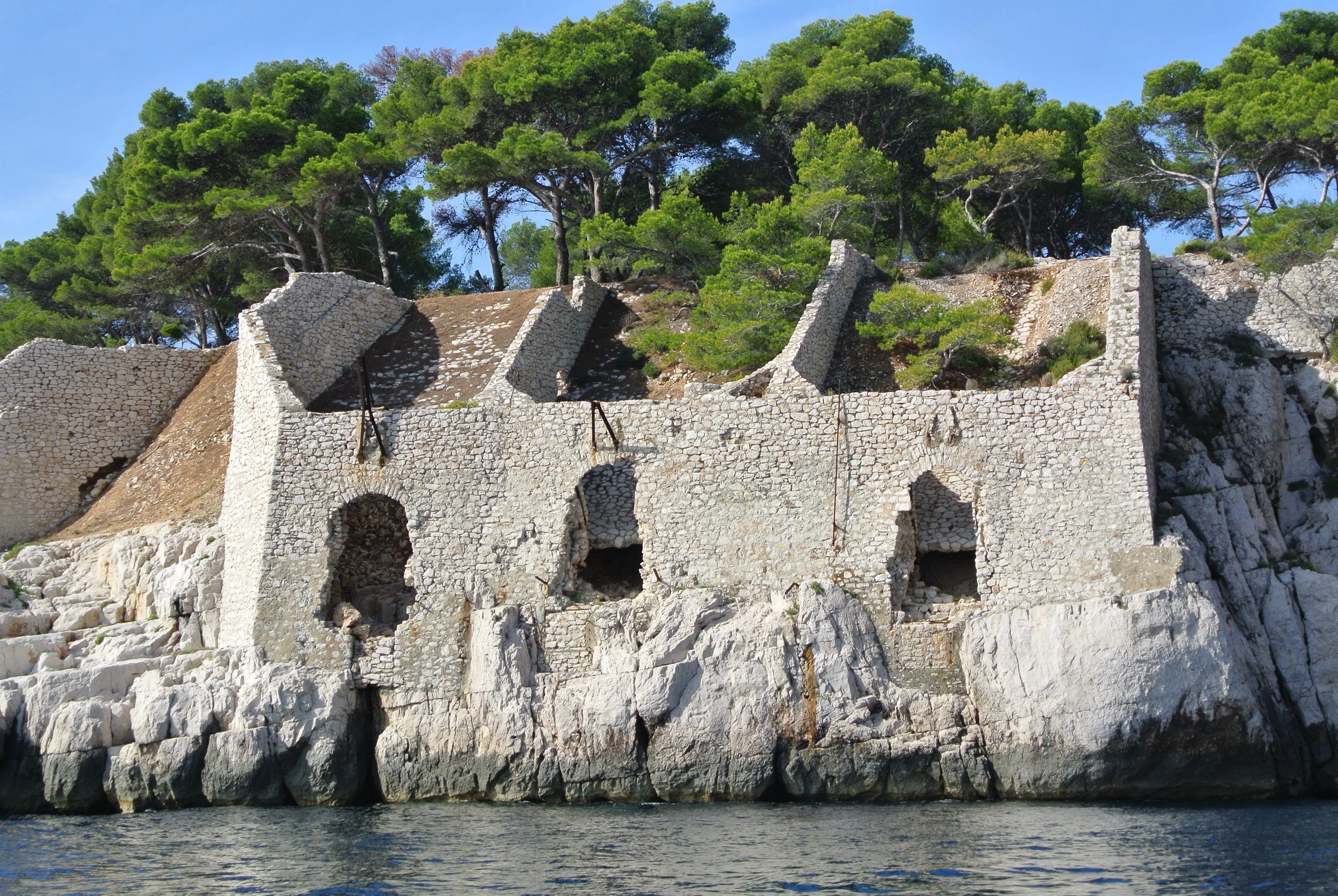A French Riviera vacation isn’t all it’s cracked up to be. From the good (Promenade des Anglais) to the bad (those rocky beaches), Nice isn’t always so nice.
La Fontaine du Soleil (Sun Fountain) in Place Massena, featuring the god Apollo, who had a penis reduction when local prudes complained about the size of his member.
Nice, perched on the French Riviera like a glamorous cat with its claws discreetly extended, is a masterclass in contradictions. It seduces visitors with sun, sea and effortless French charm…and then mischievously picks their pockets while they’re mesmerized by the view — metaphorically, of course! But hey, who doesn’t love a bit of drama with their vacation?
FYI, in case you didn’t know, the town is pronounced “Neece.”
“Nice is like a stunning yet slightly eccentric aunt — you adore her, even when she spills red wine on the carpet or tries to set you up with her neighbor’s weird nephew or niece. ”
Let’s dive into the highs and lows of visiting this captivating coastal city.
Promenade des Anglais
Love #1: Promenade des Anglais: Where People-Watching Is an Olympic Sport
The Promenade des Anglais is Nice’s beating heart, a seaside catwalk of epic proportions. Here, everyone gets their moment in the Riviera sun. Picture lean joggers who might be training for their next triathlon (or planning a croissant heist), bronzed locals radiating an unattainable level of chic and confused tourists swerving to avoid rogue rollerbladers.
The iconic blue chairs lining the Promenade aren’t just for sitting; they’re front-row tickets to the greatest free show on Earth. From these vantage points, you can judge beach fashion trends, ponder the existential questions of life or simply chuckle at the antics of your fellow humans — all while sipping on an afternoon cocktail.
The beach is rocky — but still popular.
Hate #1: The Beach: A Masterclass in Foot Massage (the “Ouch” Kind)
Ah, the beach. You’re probably expecting the promise of soft, golden sand tickling your toes. Nice, however, delivers a crunchy symphony of pebbles instead. Let’s just say that the walk from your beach towel to the water’s edge could double as an audition for Riverdance — if Riverdance involved more wincing and less coordinated leg-flailing.
Seasoned travelers might embrace the challenge, but the rest of us question our life choices amidst a chorus of muffled curses and grunts. You can always be a wimp and grab some beach shoes before you go; although the Fashion Police may be on to you quite quickly!
Old Town Nice
Love #2: Old Town Nice: A Time Travel Adventure
Vieux Nice (Old Town Nice) is where the city sheds its glitzy façade and reveals a delightfully dishevelled heart.
Narrow lanes twist and turn, exuding an air of cheerful conspiracy. Buildings the color of faded sunsets lean towards each other as if sharing centuries-old gossip, while tantalizing scents of pain (bread) and ripe fromage (cheese) waft from open doorways.
The Cours Saleya market can often prove to be a lot for the senses. Mounds of jewel-toned produce flirt with glitzy flower bouquets, the only competition being the cacophony of enthusiastic vendors hawking their wares.
It’s the perfect place to snag picnic supplies or simply soak up the kind of chaotic energy that makes a vacation memorable.
Don’t expect any deals in Nice — it’s a popular resort town, and the prices reflect that.
Hate #2: The Cost of Living: Nice Ain’t Cheap
This place, dear traveler, understands the phrase “location, location, location,” maybe a little too well. Even a humble cup of coffee comes with an invisible yacht surcharge.
Be prepared to witness menus that induce mild heart palpitations, making you reconsider whether those stunning sea views are truly worth their weight in gold.
Fret not, though, there are ways to navigate Nice’s financial landscape. Embrace the picnic life, stock up on market goodies and consider pre-booking Nice airport transfers to avoid heart-stopping taxi fares. The views are still free — for now at least.
Nearby Saint-Paul-de-Vance
Love #3: Day Trips: Escape the Glamour Bubble (If You Want)
The true magic of Nice lies in its prime location. A short voyage reveals a myriad of delights. Questionably perched medieval villages spill down hillsides, tempting you with cobblestone alleyways and whispers of a charm seemingly long gone from the modern world.
The glitz of Cannes and Monaco gleams on the distant horizon, offering a peek into a world of designer sunglasses and yachts large enough to have their own zip codes.
Gorges du Verdon
And for a dose of raw natural beauty, the Gorges du Verdon provides a breathtaking playground for hikers and outdoor enthusiasts.
Nice is charming as hell — but expensive. And don’t get me started on the beaches.
My Love-Hate Relationship With Nice
Nice is like a stunning yet slightly eccentric aunt — you adore her, even when she spills red wine on the carpet or tries to set you up with her neighbor’s weird nephew or niece.
It’s a place that will charm and disarm you in equal measure, offering enough material for hilarious vacation anecdotes to last a lifetime.
So, would we go back to Nice? In a heartbeat. Armed with comfy shoes (especially the beach variety), a thirst for adventure and the finer things in life, and definitely a thick wallet. –Alphonse Dufresne


